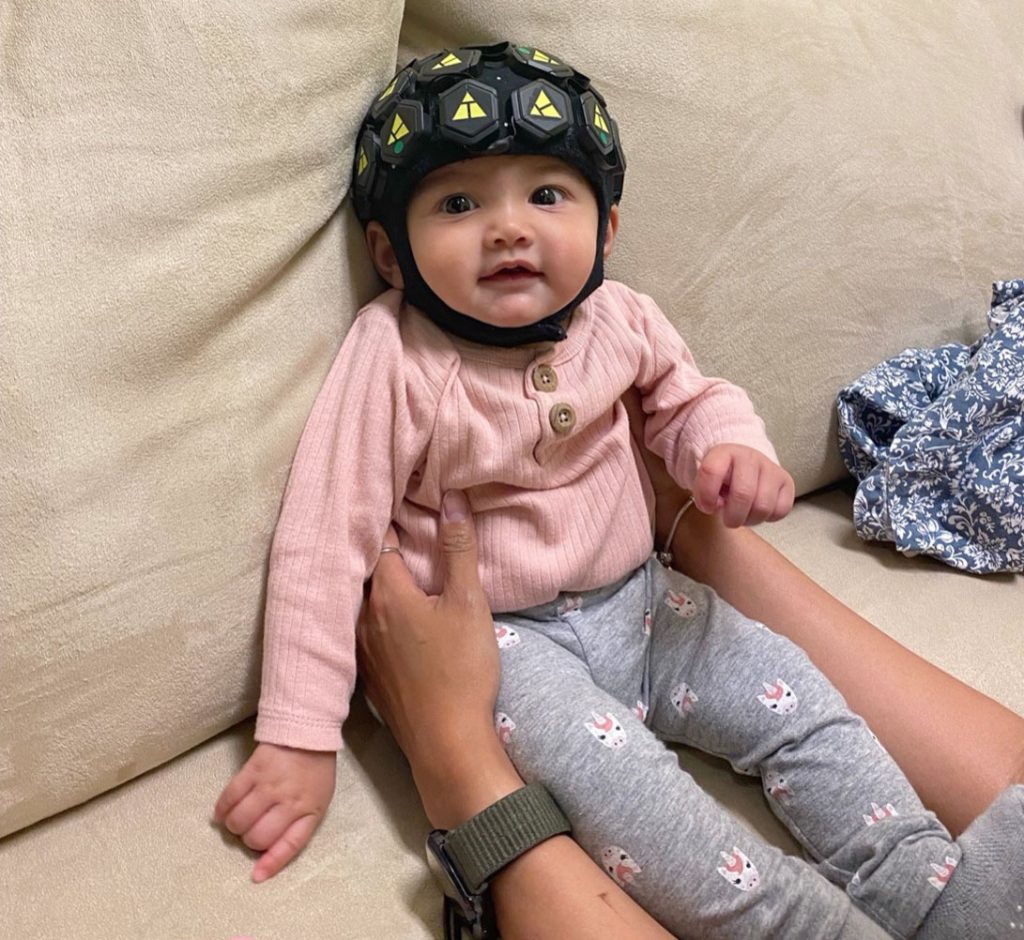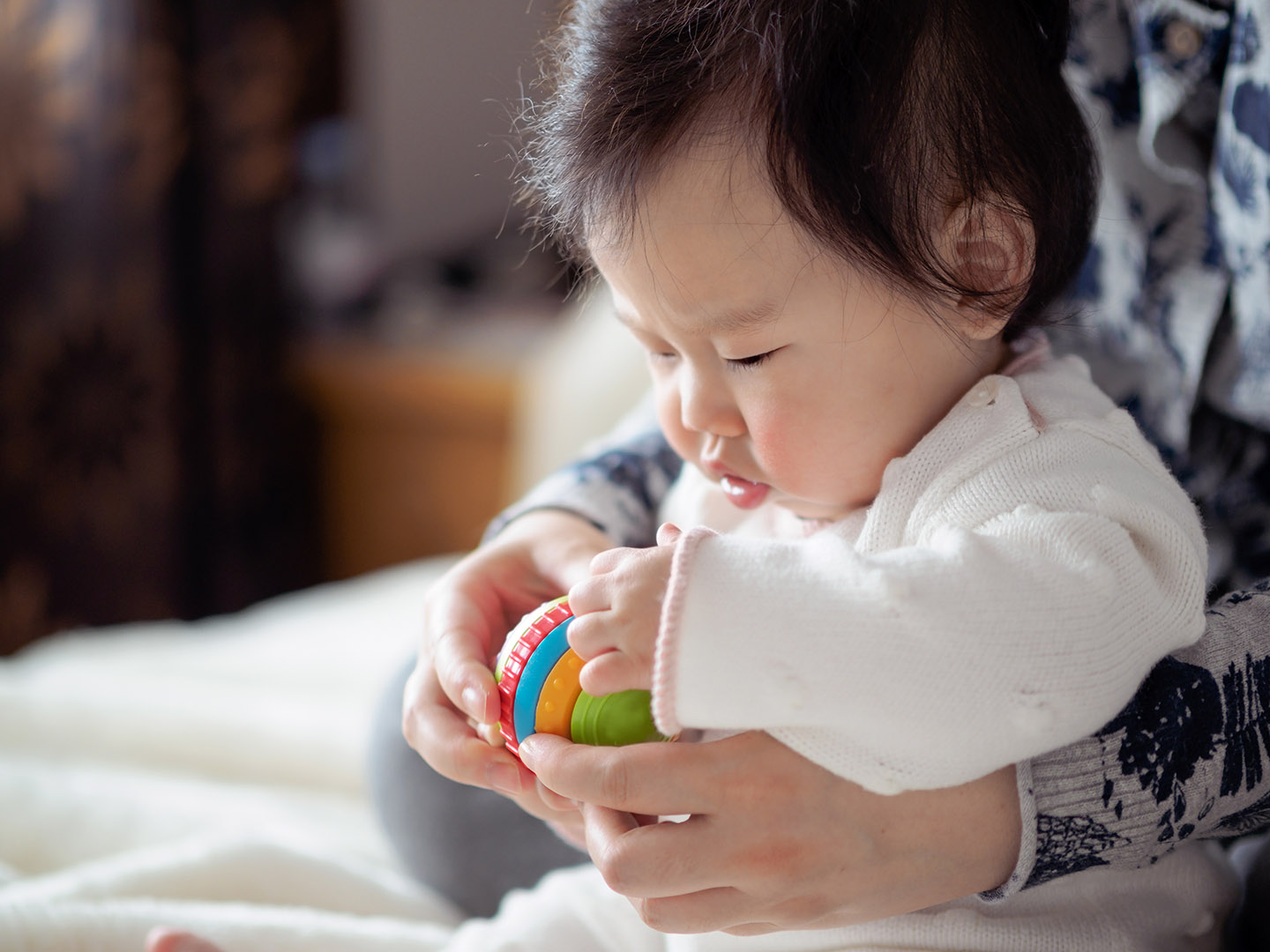In the grand story of life, let’s focus on a fascinating chapter: babies growing up.
Imagine a newborn, wide-eyed and curious, exploring a world full of mysteries. That baby’s brain is like a map waiting to be filled with connections, shaping its journey ahead. And guess what? In just three years, something amazing happens—that tiny bundle becomes a walking, talking explorer.
What’s truly mind-boggling is how quickly this transformation happens. From conception to around three years old, a baby’s brain changes a lot. When they’re born, they already have almost all the brain cells they’ll ever need. During the first year, their brain doubles in size, and by the third year, it’s almost 80 percent as big as an adult’s brain.
But there’s more to it than just size.
Brain development is linked with how we think and learn. For instance, the cerebellum, a special part of the brain that controls movement, gets three times bigger in the first year. This helps babies learn skills like crawling and grabbing things. Think of the brain like a conductor guiding the baby through important moments, like recognizing faces and getting ready to talk and think about big ideas.
Now, you might wonder, why do we bother studying baby brains? Curiosity. Unravelling the secrets of these young minds is like uncovering the blueprint of how we become smart. And here’s the twist—comparing baby and grown-up brains helps us solve the puzzle. Babies can’t follow complicated instructions, so they give us a peek into how our thinking skills begin. Using fancy neuroimaging tools, we can peek into their brains like following a treasure map. This helps us understand how our minds grow.
One thing is crystal clear: our brains are like clay, shaped over time. This shaping starts even before we’re born and continues as we grow. Our experiences, like brushstrokes on a canvas, create a strong base. This foundation stays with us, influencing how we learn, stay healthy, and act.
At UBC, we’re fortunate to host an initiative that delves deep into this fascinating world of development—the Early Development Research Group. Think of it as a squad of seven sister centres, each with a unique focus, from language and learning to moral development. Impressive, right?

These centres are our treasure troves of insight, helping us uncover the secrets of growth, all while keeping the vibe light and inquisitive. From the hidden connections in the brain to the blossoming of thinking skills, baby brains are full of potential. Our goal is to uncover what typical brain development looks like so we can help babies who might face challenges.
We want to understand how brains grow and change, both in terms of how different brain parts do special jobs and how our smarts develop. It’s like going on a thrilling adventure to solve the puzzle of baby brains, paving the way for a bright future for generations to come.
So as we unlock the mysteries of brain development, we are weaving a story of hope and possibility.
OLA DOPIERALA IS A POSTDOCTORAL RESEARCH FELLOW WITH THE FACULTY OF ARTS, DEPARTMENT OF PSYCHOLOGY, UBC.
